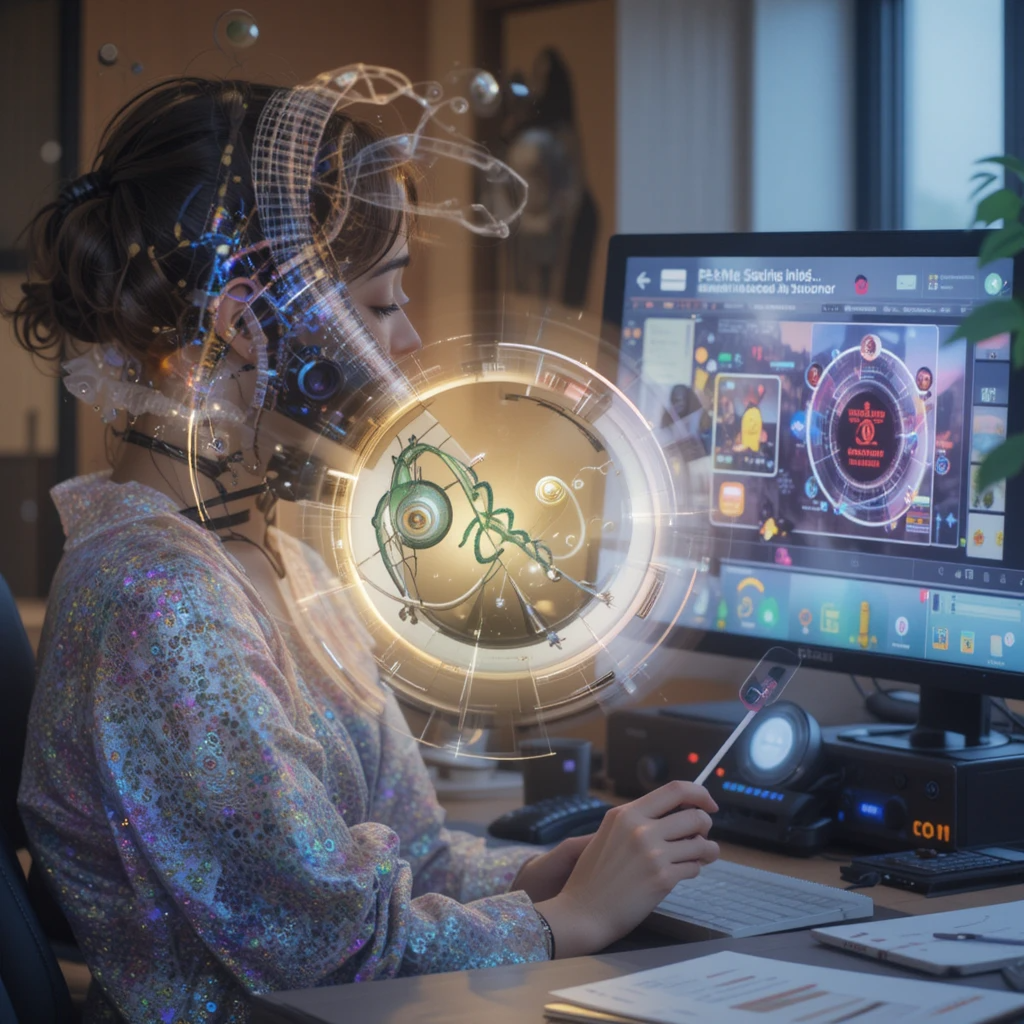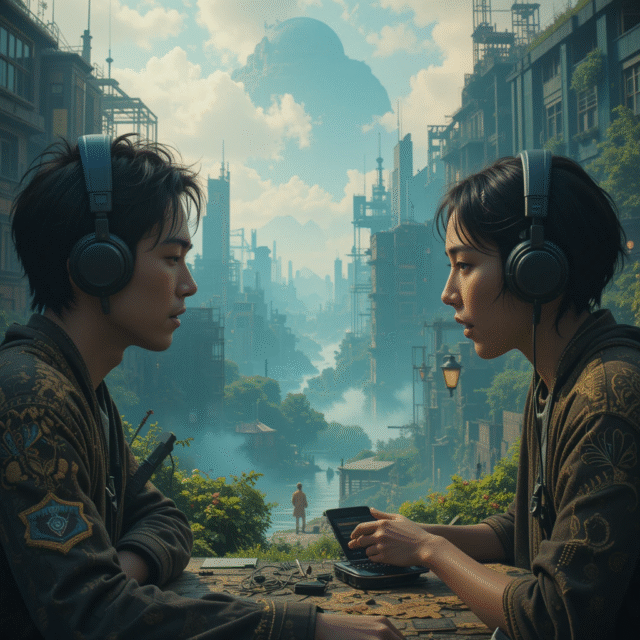In today’s fast-changing world of filmmaking, it’s not just about having a camera and actors anymore. Filmmakers are using smart technologies and powerful sound design tools to make their stories more interesting, emotional, and engaging. Whether it’s a big Hollywood movie or a short film made by an indie creator, sound and smart tech are helping creators connect better with their audiences.
In this article, we will explain how sound and new technologies work together to improve storytelling in films. We’ll also look at some of the tools filmmakers are using, including AI and digital sound systems. Whether you’re a beginner or someone curious about how modern movies are made, this guide will help you understand everything in simple words.
The Role of Sound in Storytelling
Sound has always been a powerful part of movies. It helps the audience feel emotions, understand the setting, and connect with the characters. There are different types of sound used in films:
- Dialogue – What the characters say
- Music – Background music that adds emotion
- Sound effects – Sounds like footsteps, doors opening, or rain
- Ambience – Natural sounds that make a scene feel real (e.g., birds chirping, city noise)
When used right, sound can make a scene more dramatic, scary, or even funny. For example, in the movie A Quiet Place, sound plays a major role. The lack of sound builds tension, and every little noise becomes important to the story. This shows how sound design is not just an extra feature — it’s a storytelling tool.
What Is Smart Tech in Filmmaking?
Smart technology in filmmaking refers to the use of artificial intelligence (AI), automation tools, and digital software to help filmmakers plan, create, and edit their projects more efficiently.
Some examples of smart tech in filmmaking include:
- AI-based script analyzers
- Automated editing tools
- Virtual production with real-time 3D environments
- AI-generated voices and sound effects
- Storyboard AI tools
These tools help filmmakers save time and money while still making high-quality content. They can also give creators more creative freedom by allowing them to test ideas quickly and easily.
Using AI to Plan and Visualize Stories
Before a film is made, it needs to be planned properly. This includes writing the script, visualizing scenes, and creating a storyboard. In the past, this was a time-consuming process. Now, filmmakers use AI-powered tools to make this easier.
One popular tool is a storyboard generator ai free, which allows creators to turn their script into images or scenes quickly. These tools use artificial intelligence to analyze the script and automatically create visuals that match the story. This helps filmmakers get a clear idea of what their film will look like before they even start shooting.
Using a storyboard generator ai free, even beginner filmmakers can now build professional-looking storyboards without needing design skills. It speeds up the planning process and helps the entire team stay on the same page.
Smart Sound Technology: Changing How We Hear Stories
Just as cameras and lighting have become more advanced, so has sound technology. Here are some smart sound tools that filmmakers use today:
1. 3D Sound and Spatial Audio
These technologies make the viewer feel like they are inside the scene. For example, if a character hears a sound coming from behind them, the audience will also hear it from behind. This is used in virtual reality and some high-end movies to give a more immersive experience.
2. AI-Powered Sound Editing
AI tools can now clean up background noise, adjust volume levels, and even match voice tones automatically. This saves sound designers hours of work and ensures better sound quality.
3. Voice Cloning and AI Voiceovers
If an actor is not available, filmmakers can now use AI-generated voices that sound real. These voice tools can read lines from the script and even match the emotion of the scene.
Real-World Examples of Sound and Smart Tech in Action
Many films and shows are now using these tools to tell better stories. Here are some examples:
The Mandalorian (Disney+)
Used virtual sets created with real-time 3D environments and synced sound design to match the visuals perfectly.
Everything Everywhere All At Once
A small team used creative sound editing and digital tools to create a big cinematic feel with a limited budget.
Indie Short Films
Even student filmmakers are using free AI tools for sound mixing, script planning, and storyboarding.
These examples show that whether you’re a beginner or a professional, smart tech and good sound design can help you create better films.
Benefits of Using Sound and Smart Tech Together

Combining sound with smart technology brings many advantages:
- Better storytelling – Sound adds emotion, and AI helps with timing and flow.
- Faster production – Tools automate tasks like editing and sound mixing.
- Lower costs – Many AI tools are free or affordable.
- Improved teamwork – Digital planning tools make it easier for teams to work together, even remotely.
- Accessibility – Even those without a big budget can create amazing stories.
Challenges to Keep in Mind
While these technologies are helpful, there are some challenges too:
- Learning curve – It takes time to understand how to use these tools properly.
- Over-reliance on AI – Technology can assist, but creativity still needs a human touch.
- Ethical concerns – Using AI voices or cloning someone’s sound may raise legal questions.
Filmmakers should use smart tech as a tool—not a replacement for their creative ideas.
The Future of Storytelling with Sound and Tech
Looking ahead, the use of AI and smart tools will only grow. We might see fully AI-directed short films, voiceovers created in real-time, or sound that changes based on how the audience reacts. Augmented Reality (AR) and Virtual Reality (VR) experiences will also become more common.
What’s clear is that filmmakers who learn to combine sound and smart tech will be ahead of the curve. These tools will continue to open up new creative possibilities and help tell stories in ways we’ve never seen (or heard) before.
Final Thoughts
Filmmaking is no longer just about cameras and scripts. Today, smart technology and sound design play a big role in how stories are told. From AI storyboard creators to 3D sound, these tools are helping filmmakers bring their visions to life more easily and affordably.
If you’re a new filmmaker or just someone who loves stories, now is a great time to explore these technologies. With free tools like a storyboard generator ai free, and smart sound software, you don’t need a big studio to start making great content.







